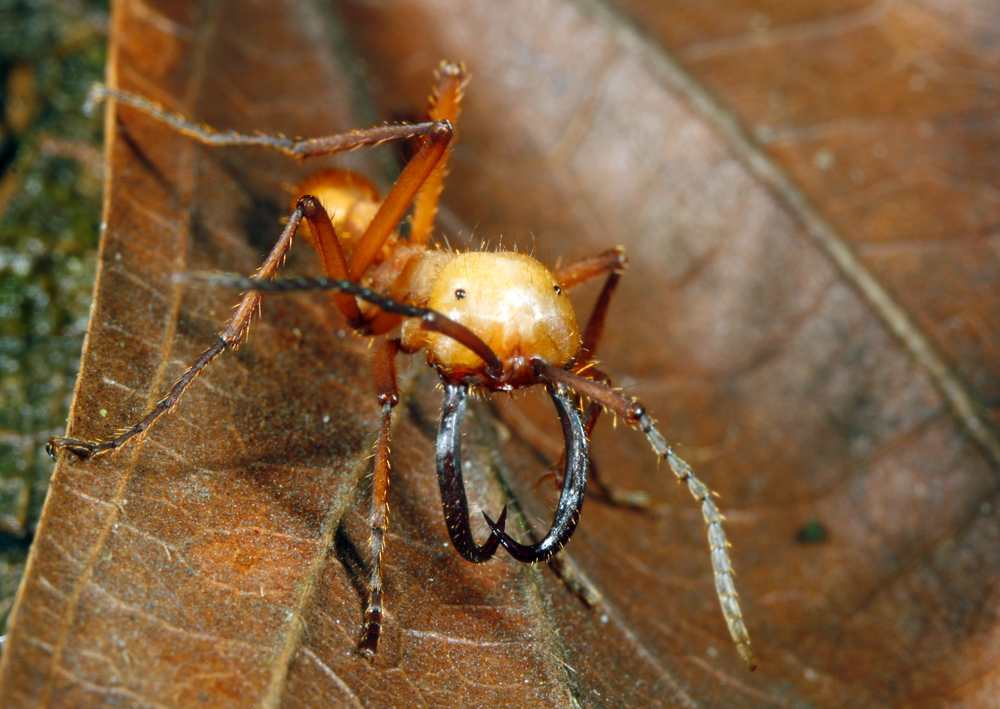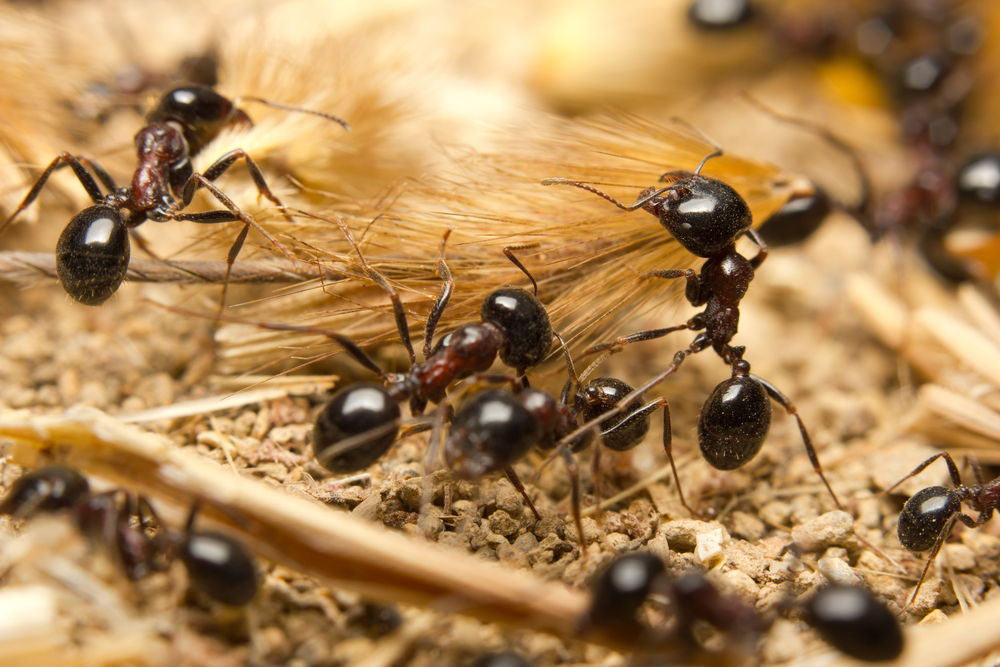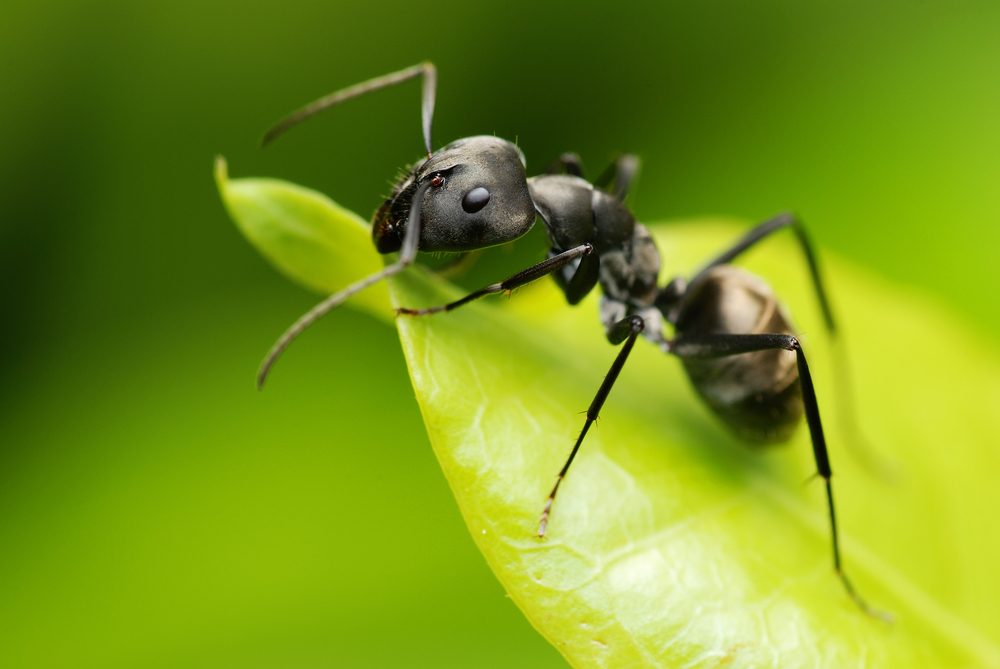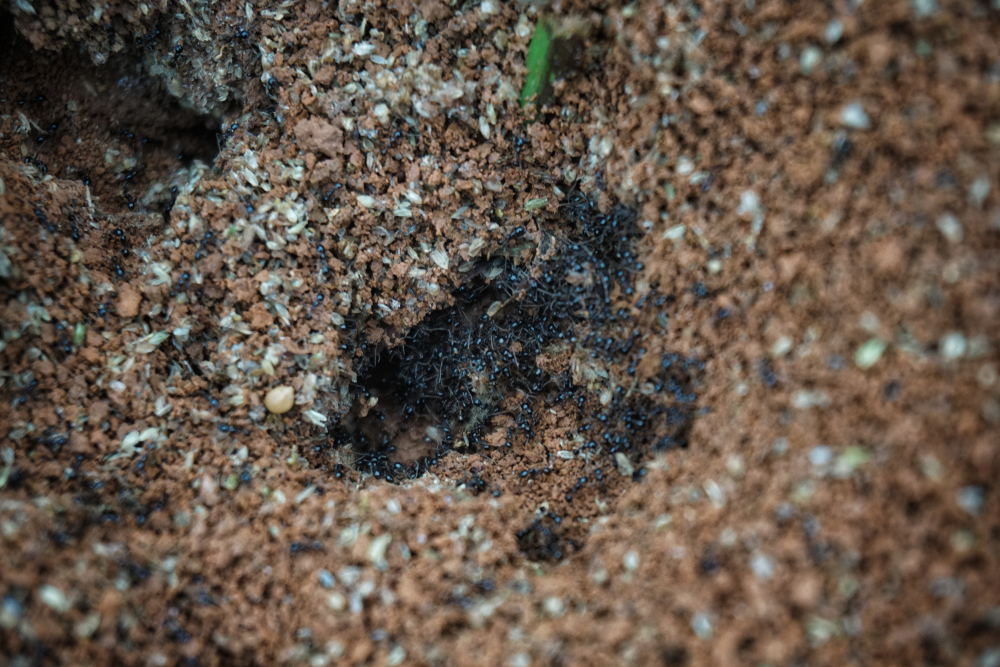Black ants and red ants are both common ant species, but they have several differences in terms of appearance, behavior, and habitat. Here’s a comparison between the two:
Appearance:
- Black Ants: As the name suggests, black ants typically have dark-colored exoskeletons that can range from deep black to dark brown. They are relatively small, with segmented bodies and six legs.
- Red Ants: Red ants, on the other hand, are known for their reddish-brown or reddish-black coloration. They may have a reddish hue on their bodies or even a bright red appearance in some species.
Habitat:
- Black Ants: Black ants are found in a wide range of habitats, from forests and grasslands to urban areas. They adapt well to different environments and are known for nesting in soil or rotting wood.
- Red Ants: Red ants are often associated with open and sunny areas. They prefer building nests in sandy or loose soil. Some species construct large, conspicuous mounds.
Behavior:
- Black Ants: Black ants are omnivorous and have a diverse diet that includes insects, sugary substances, and scavenged food. They exhibit a range of foraging strategies and are skilled at locating and securing food.
- Red Ants: Red ants are also omnivorous and feed on similar food sources. They are known for their aggressive and territorial behavior, and they can be fierce defenders of their nests.
Nesting:
- Black Ants: Black ants often nest in soil, under rocks, or in rotting wood. They create tunnels and chambers within their nests and are less likely to build large, visible mounds.
- Red Ants: Red ants are known for constructing large and distinctive mounds made of soil particles. These mounds can be quite conspicuous and are a hallmark of red ant colonies.
Stings:
- Black Ants: Black ants are not generally known for their stinging ability. They primarily use their mandibles for hunting and defense.
- Red Ants: Red ants, especially certain species like the infamous red imported fire ants, are known for their painful stings. Their stings can cause discomfort and allergic reactions in humans.
Colony Size:
- Black Ants: Colony sizes can vary among black ant species, but they tend to have moderate-sized colonies with several hundred to a few thousand individuals.
- Red Ants: Red ant colonies can range in size from small to very large, with some species forming supercolonies that can extend over vast areas.
In summary, while both black ants and red ants share similarities as ants, they can be distinguished by differences in appearance, habitat preferences, behavior, nesting habits, and the presence or absence of painful stings. Each species plays a unique role in its ecosystem and has adapted to its specific environmental niche.













































































